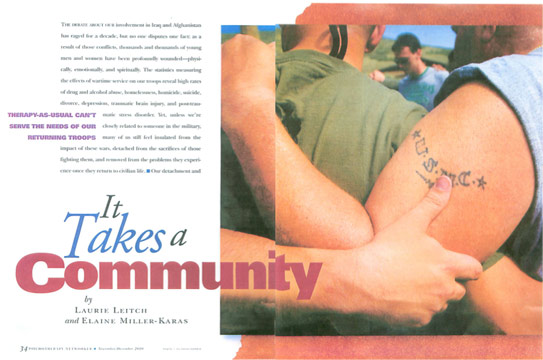![]() “Intimate Partner Violence (IPV) in Justice-involved Women” was the topic of a panel I participated on at the John Jay College of Criminal Justice yesterday. The panelists were eloquent as they spoke about the distressing statistics that describe the high percent of justice-involved women who have experienced IPV.
“Intimate Partner Violence (IPV) in Justice-involved Women” was the topic of a panel I participated on at the John Jay College of Criminal Justice yesterday. The panelists were eloquent as they spoke about the distressing statistics that describe the high percent of justice-involved women who have experienced IPV.
My role on the panel was to look at the issues that were raised by the other five speakers through a neuroscience lens. As the lead presenter stated, “Zip code is more important than genetic code” when trying to understand and intervene in IPV. The prevalence of IPV is higher in under-resourced areas. This should come as no surprise…not because people living in poverty are inherently more violence-prone, that’s not the case, but because the more stressors people are living with and the fewer resources they have to deal with them, the more dysregulated their nervous systems can become.
Dysregulation, which means the nervous system is out of balance, often shows up as pervasive irritability that periodically breaks out into rage. In 2005, when I was working in Louisiana after Hurricanes Katrina and Rita, a disaster response leader emphasized to all of us that, “Poverty is a trauma.” He is certainly correct about that. The many stressors that are part of living in poverty create a cascade of chronic, cumulative responses that can manifest as immune system challenges (e.g. irritable bowel syndrome), a wide-array of other physical problems (e.g. headaches, asthma, pain), cognitive symptoms such as attention, memory, and concentration problems, psychological problems that include anxiety, depression, anger, dissociation…and from those can follow a host of behavioral problems such as substance abuse, physical, and sexual abuse, aggression, and isolation.
The reactivity that comes when the nervous system is overwhelmed generates a multitude of outcomes that affect not only ourselves but others. This is, in part, because areas of the brain’s cortex that make decisions, solve problems by thinking through options, and conduct self -examination go offline when we are highly stressed. There’s a reason why this happens that comes from evolution. If we are threatened and need to escape, stopping to think can take valuable time away from our chance to survive. We need to just fight or flee. But, as modern-day humans we can get into a lot of trouble when our brain shifts into this automatic fight or flight fast mode of information processing and doesn’t stop to think. We can lash out physically or verbally without thinking.
When stress is chronic this kind of reactivity gets “wired into” the nervous system. One reason for this is because of a process called “neuroplasticity,” the brain’s ability to change itself based on experience. What we pay attention to and repeat is what gets wired in. Those of us who live lives where we are chronically stressed and overwhelmed become stuck in reactive patterns even when the stress diminishes because the reactivity has become wired in.
So, it isn’t so hard to see why some of our social policies and programs which target poverty and hope to reduce violence don’t succeed very well. For example, let’s think about someone who is put into a job training program who has a nervous system that has become wired for reactivity. S/he can have trouble paying attention, might have a lot of missed days due to illness, might get hostile when criticized or corrected, might lose their drivers license for aggressive driving, etc. It doesn’t mean the person doesn’t have the capacity to be a good employee…but the nervous system needs to settle down for that to have a chance to happen. Add this to the fact that there may not be affordable childcare, reliable transportation, money to pay bills, sick family members, etc. and it is easy to see why well-intentioned people and programs fail.
The good news is that although the brain can become wired for reactivity it can also become wired for resilience. Our SRM skills focus on doing just that…first, giving people “neuroeducation” about the way their nervous system works (this promotes dignity as well as the motivation to use our skills-based approach) and second, by teaching 6 easily learned skills for self-management. The SRM skills can be learned and used by kids and adults as well as used peer-to-peer.
Someone asked me a really good question recently. She said, ”By focusing on your skills aren’t we kind of blaming the victim, implying that the problem is with the individual… if they would only change everything would be ok?” It is certainly true that so many of our systems in the U.S. are set up in ways that increase poverty and inequality. We need structural change. However, by equipping people with tools for their own self-regulation and resilience they become better advocates for themselves and their families and more engaged citizens. This is a good thing.
So, a neuroscience lens…which is based on a lot of solid scientific research and brain imaging studies…can help guide the design of our policies and programs, including those targeting Intimate Partner Violence. This body of research can shape every aspect of policy and program implementation from the top-down, middle-out, and bottom-up in supporting people to live lives of dignity, autonomy, and well-being.

